One Hand Corkscrew
|
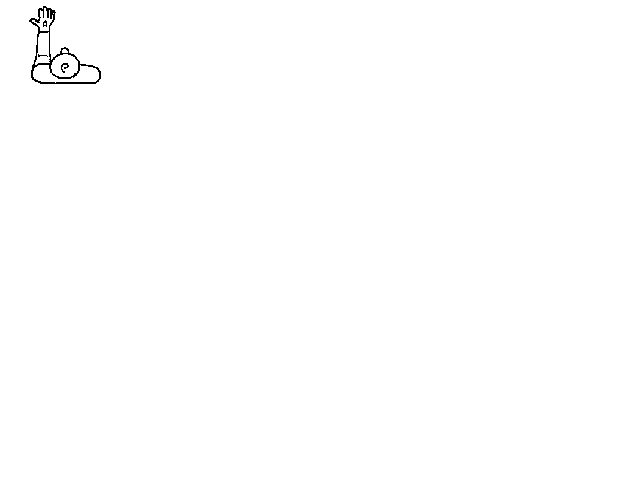
This is a great move, which is performed with both chains on one hand - one chain is hooked onto your thumb and the other onto your little finger. As you spin your hand, the centrifugal force pushes the wicks out into a big circle in front of you. When you pass your hand over your head, you create a second circle. As you practice, you'll find that you need to experiment a little with the rhythm of the move.
Each step of the move is shown below, looking down on the body. Thanks to Lee on West Rai Lay Beach for showing me this one.
Top Tips
- The trick to this move is to keep your palm facing upwards.
- Note that one chain spins half a circle behind the other.
To go into this move from another move, you must learn how to 'catch'. The easiest way to do this is practice performing the corkscrew with two hands. First, work your left chain along your fingers so it's looped on your left little finger. Keep your hands as close together as possible, then, as your chains come around in front of you, slip the chain from your right hand onto the thumb of your left hand. Keep the momentum going and your two-handed corkscrew becomes a one-handed corkscrew.
This move can be performed in two speeds - the first is a slow, graceful one-handed corkscrew which is probably the easiest to pick up. Once you've mastered that, try doing it a little faster and making the circles a bit more vertical - this creates a one handed version of the windmill.
You can also use your left first finger instead of your thumb. This makes it easier to change from this move to a different move, as all you need to do is remove the chain from your little finger with your other hand whilst spinning in front of you. To 'break' the move, keep the circles going and ease into the two-handed corkscrew.
This move can be performed with either left or right hands. The diagrams below illustrate the move as performed with the left hand. If you want to learn with your right, obviously you're gonna have to reverse moves shown.
|
How to Make the Moves...
|
One Hand Corkscrew

|
Hold your left hand out, palm up, in front of your body. Rotate your forearm and hand clockwise in towards your body.
|

|
Continue rotating your hand clockwise in towards your body.
|

|
Continue rotating your hand clockwise.
|
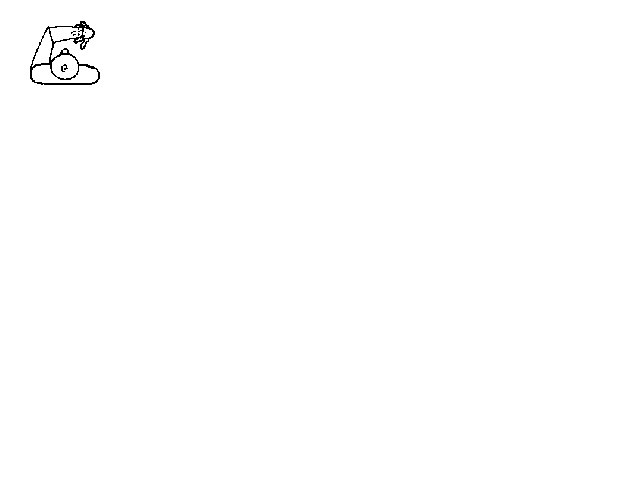
|
Keep rotating your hand clockwise, so that your hand passes under your forearm. Point your palm up as much as possible.
|
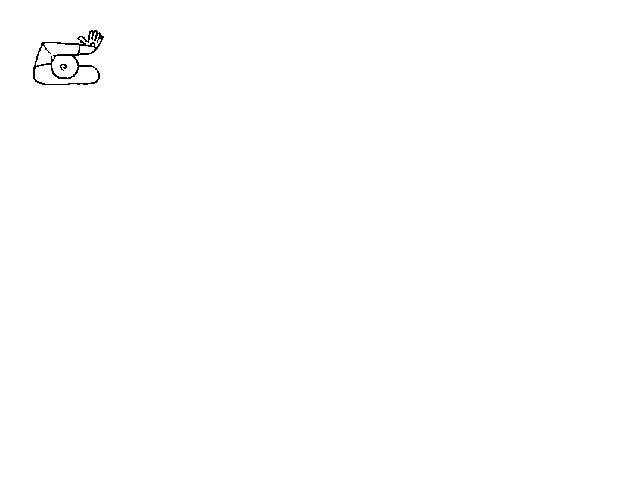
|
Bring your forearm up in front of your body, still moving your hand clockwise.
|
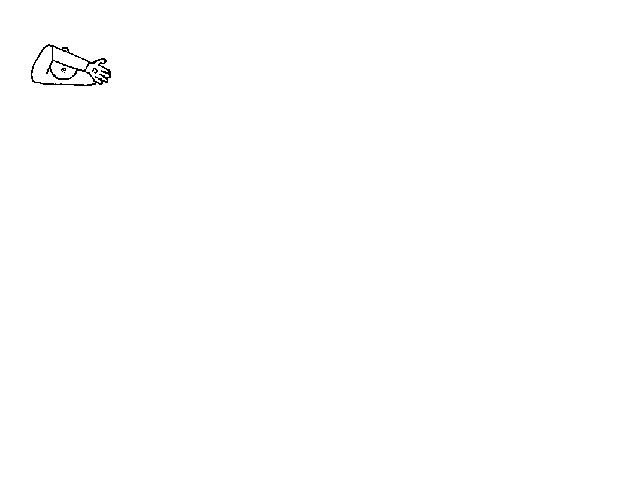
|
Pass your forearm over your head in a clockwise direction. Remember to keep that palm facing upwards.
|
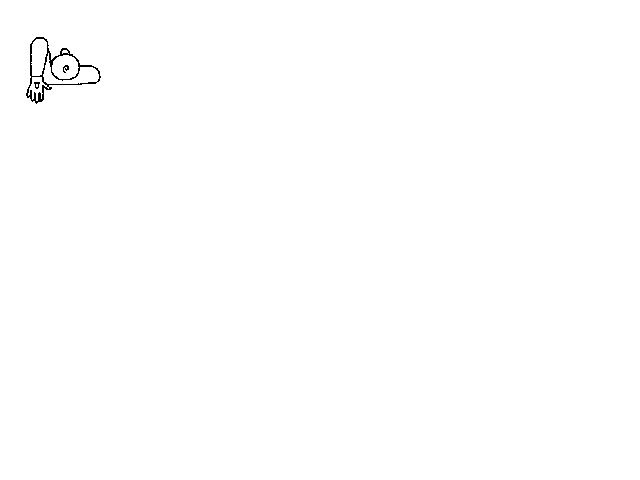
|
Continue clockwise rotation of your forearm, keeping your palm facing upwards.
|

|
Continue clockwise rotation of your forearm.
|

|
You should now be back at the beginning with your left hand out, palm up, in front of your body.
|
Variations:
Two-Handed Corkscrew
The one-handed corkscrew can also be performed with two hands - in fact, it's probably easier to pick this move up by first practicing it using both hands. The chains in the two handed version move in pretty much the same manner as shown above, with the main difference being that you have more control over the movement of the chains with two hands.
Extra Turns Using Different Beats
As with the chase and the windmill, the two-handed version of the corkscrew can be performed in several different beats. This is pretty tricky to describe, but the basics are that you can perform
- a 1:1 beat, where each hand performs one circle in front and one behind;
- a 2:1 beat, where one hand performs two circles in front and the other one only, which is then reversed as the hands move behind your back;
- a 2:2 beat, where your arms twist around themselves to allow the chains to perform two circles each in front of you and then untwist behind your back by performing another two circles each.

The One-Hand Corkscrew
[ Back
Home
|
Moves Page ]
|








